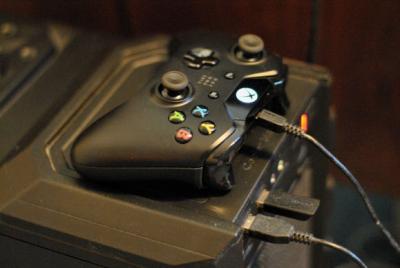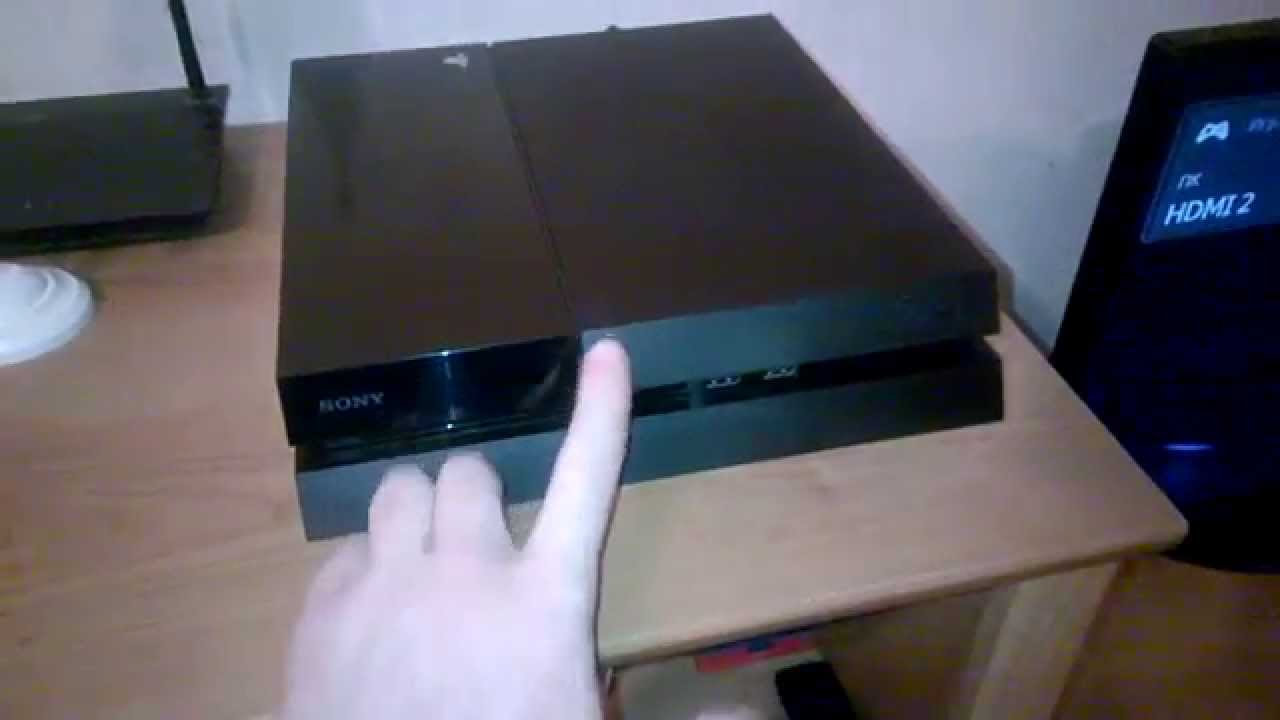Types of joysticks
The joystick as a game controller, although still relevant, has long lost its former popularity. And we are not talking about console gamepads, which are often confused with it. Control levers are in demand only in the context of all kinds of simulators. Most modern games are simply not designed for such a specific controller.
But although joysticks cannot boast of popularity, they have more than enough originality! For decades, keyboards and gamepads have changed only their design. At the same time, control levers have gone through a real evolutionary path, forming many curious forms with different purposes.
The content of the article
What types of joysticks are there?
Joysticks are usually divided into two large categories, types - analog and discrete models. The separation is based on the device's ability to analyze the position of the handle. But this characteristic should not be confused with the number of possible control planes. Analysis of the position of the handle is the ability of the equipment to read the pressing force and angle of inclination, and not the coordinate of movement.
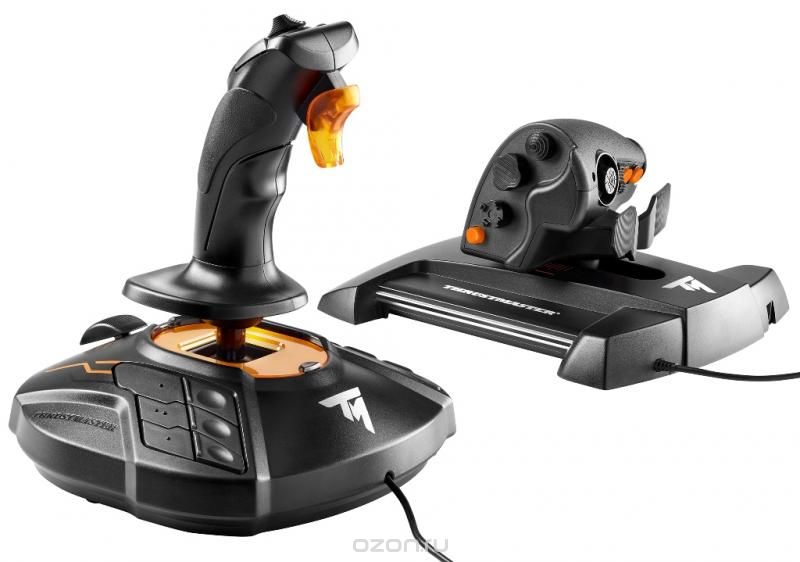
Analog
The sensors of analogue models are more complex and sensitive than those of discrete ones. They transmit a value to the program from zero to a set maximum depending on the tilt of the lever. The greater the angle of inclination, the greater the value sent to the system.This means that the further the user moves the stick, the faster, say, the plane in the game will gain speed or altitude. Almost all modern joysticks fall into this category.
Discrete
The discrete type, in turn, is a simpler and less popular technology. The sensor of this model is not capable of accepting complex numerical values. It can only transmit a one or a zero to the program, that is, an “on” or “off” signal. It doesn't matter how much the handle is deflected, because the controller will only send one value. This type of control is used only on old consoles, arcade machines, or push-button phones.
Analog
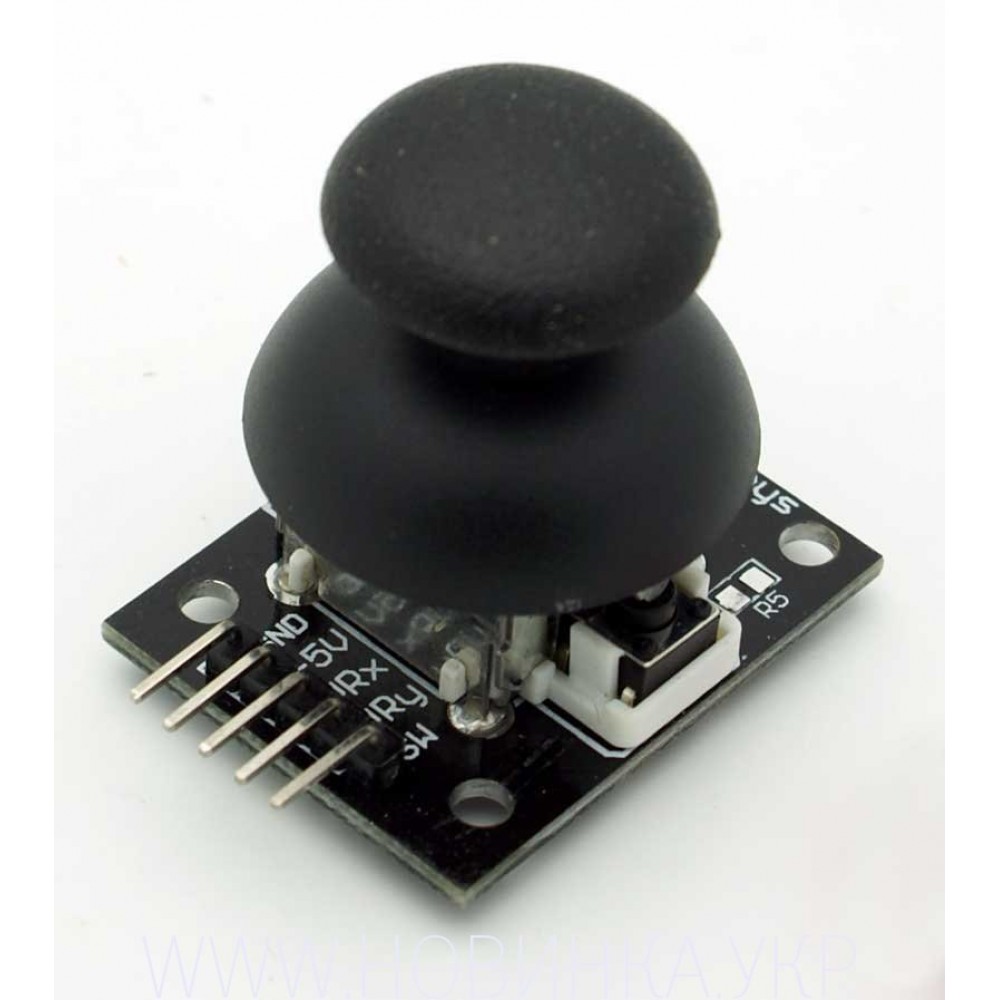
The analog joystick class also has several subclasses. They consist of:
- Joysticks with an analog-to-digital converter (potentiometer).
- Encoder-based controllers.
- Levers with strain gauges.
- Joysticks using an optical matrix.
- Handles with magnetic sensors.
These subclasses are divided according to the technologies that underlie them. Each has its own advantages and disadvantages, as well as a specific scope of application.
Potentiometer
This type of analog controllers is based on the principle of an adjustable voltage divider and converting current into binary code. In this case, the lever acts as a movable resistor that changes the internal voltage. The ADC converts electricity into a digital signal.
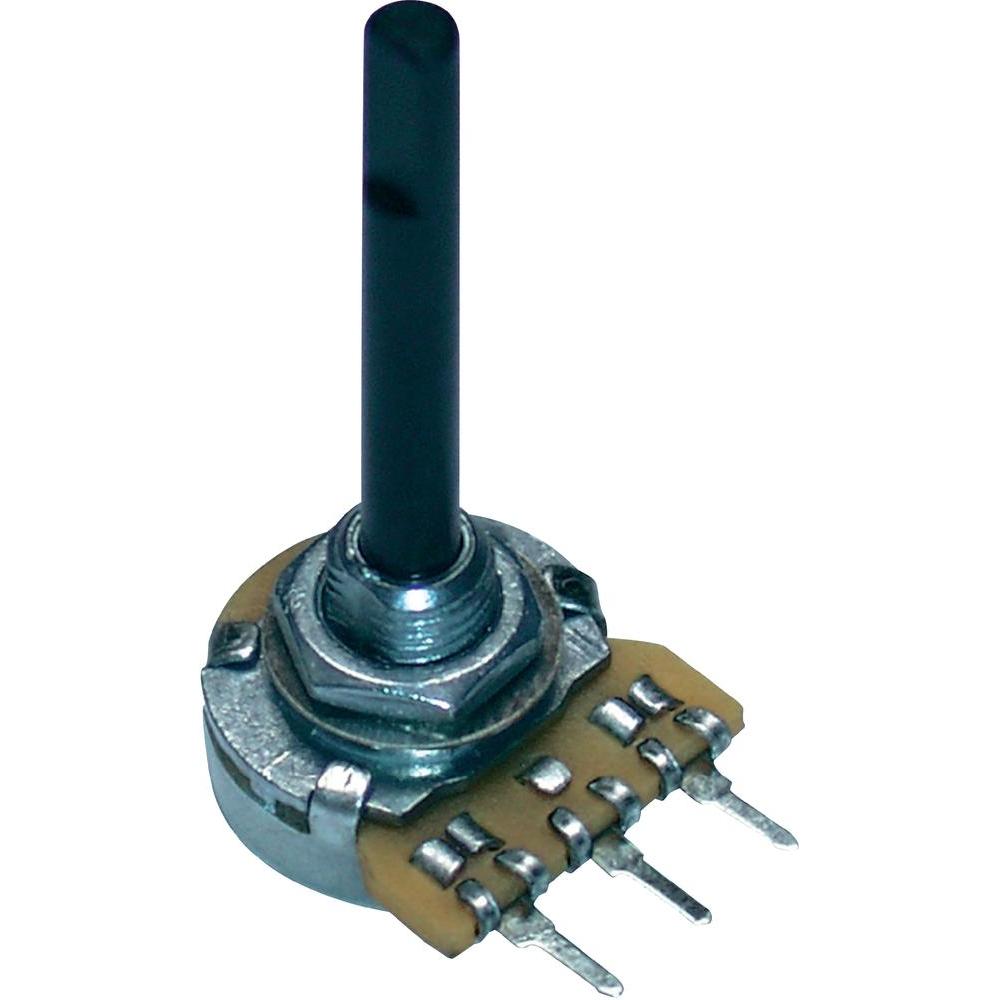
Its advantage is that such a controller is undemanding in terms of mechanics. But high demands are made on the quality of food, which is its disadvantage along with its fragility.
Encoder
Encoders are optical sensors in the form of a gear wheel that block the light from the LED to the photodiode in a certain way. They are also used in ordinary computer mice.
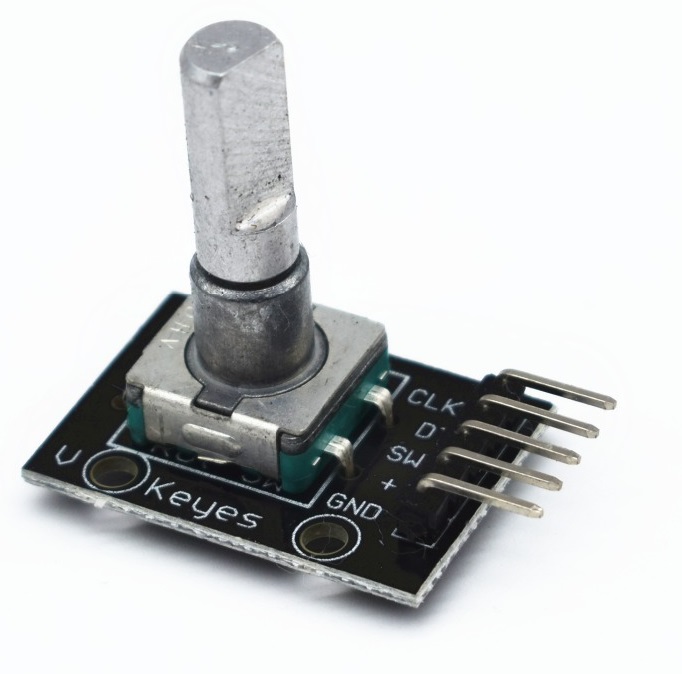
Such analog devices are accurate and reliable, but have fewer discrete steps. This means they recognize a smaller range of influences. For example, the angle of the plane in the game changes not every degree, but every five. Often, encoder-based joysticks have a margin of only a hundred steps from edge to edge of the handle.
Strain gauges
This technology is commonly used in laptops for touchpads. Also found in some aircraft. In the environment of gaming devices, this basis is practically not used.
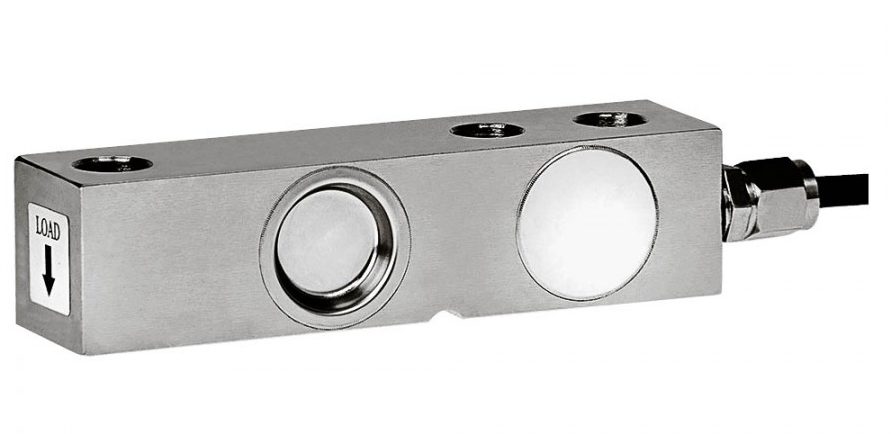
Such equipment is poorly suited for game controllers, because most of them are either held in the hands or are not very securely attached to the table. A joystick based on strain gauges would be convenient only if it were tightly screwed to the surface.
Optical matrix
Optical sensors are a more general category that includes encoders. They all share the same pros and cons: high accuracy and reliability at the cost of not the best sensitivity. However, for gaming purposes this is more than enough.
Magnetic sensors
Based on the principles of magnetoresistance and the use of the Hall effect. Its essence lies in the fact that a conductor with direct current moves along a magnetic field, creating a transverse potential difference. This effect allows you to measure the magnetic field strength by reading the signal.
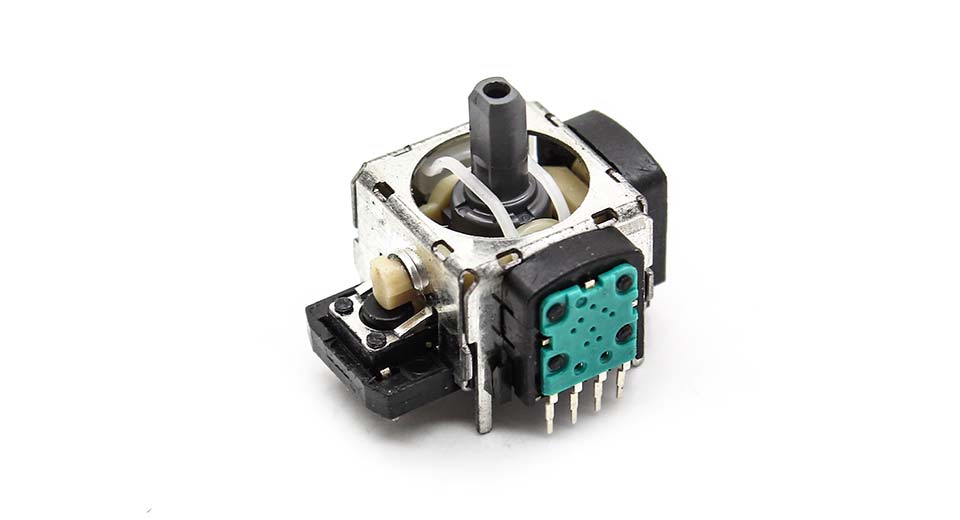
They have virtually no obvious drawbacks, but can boast of exceptional reliability and durability.




